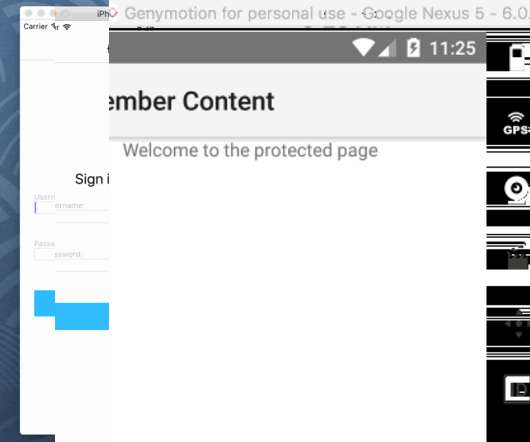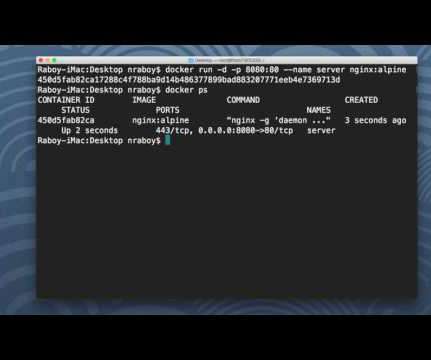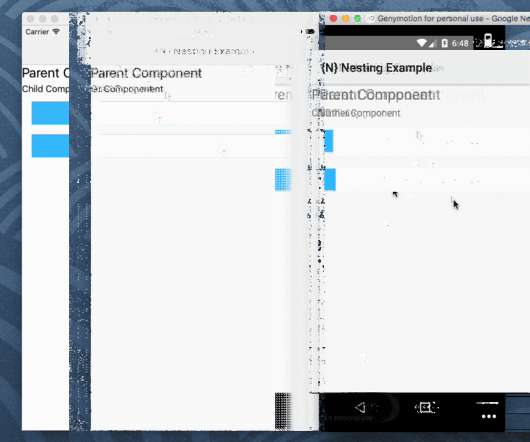JBoss Data Virtualization on OpenShift (Part 4): Bringing Data Inside the PaaS
DZone
MARCH 14, 2017
Welcome to part 4 of Red Hat JBoss Data Virtualization (JDV) running on OpenShift. JDV is a lean, virtual data integration solution that unlocks trapped data and delivers it as easily consumable, unified, and actionable information. JDV makes data spread across physically diverse systems such as multiple databases, XML files, and Hadoop systems appear as a set of tables in a local database.



































Let's personalize your content